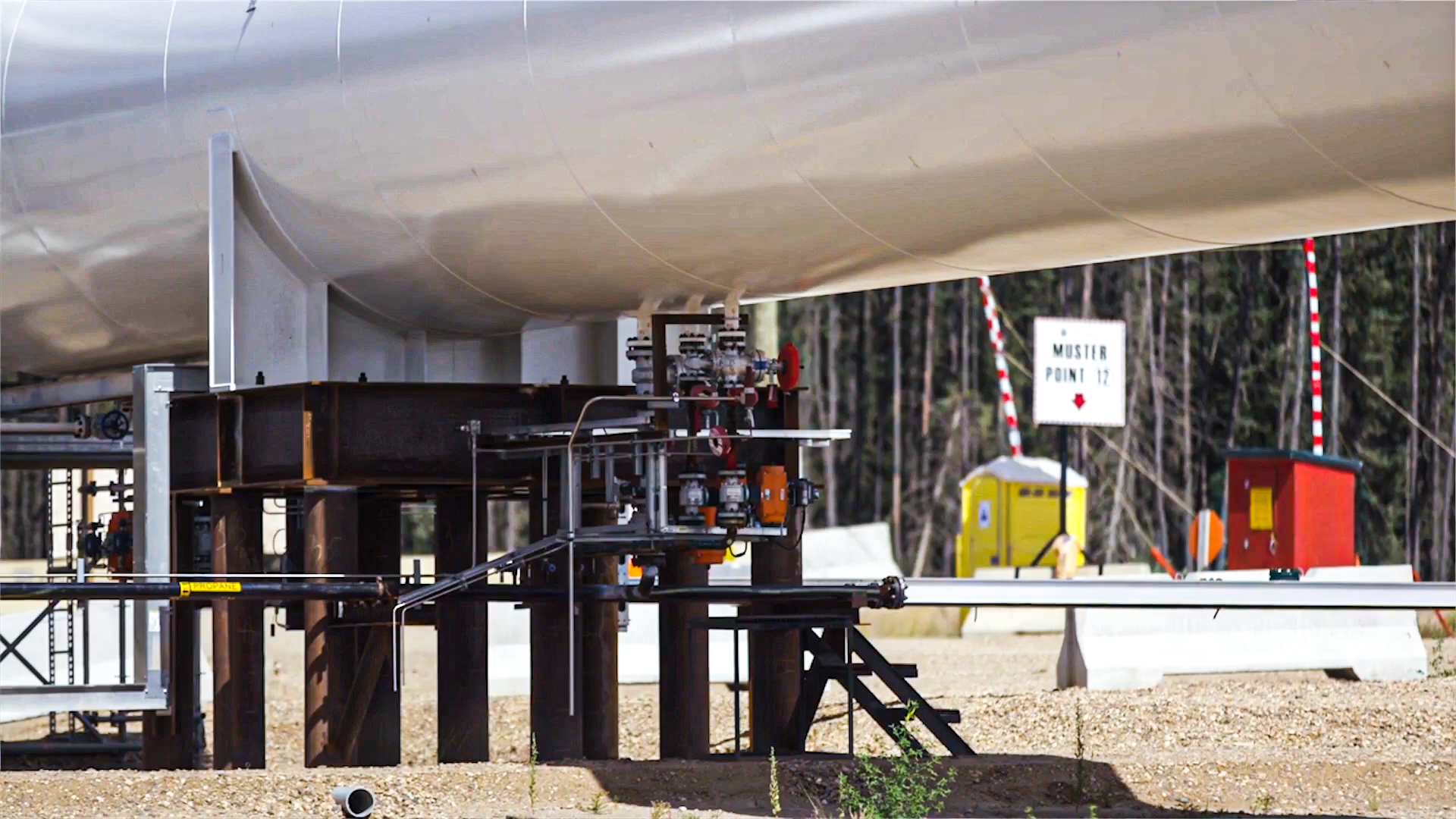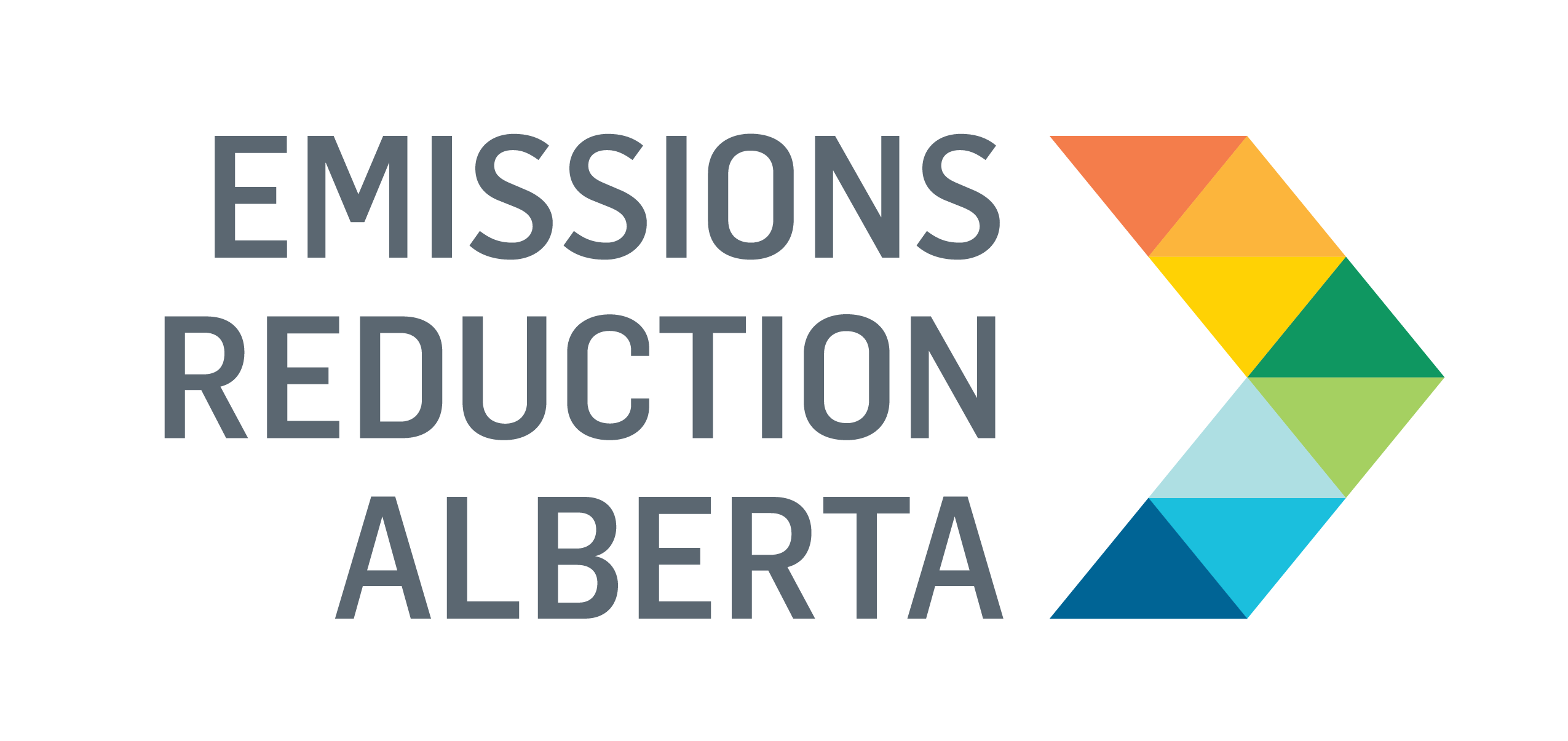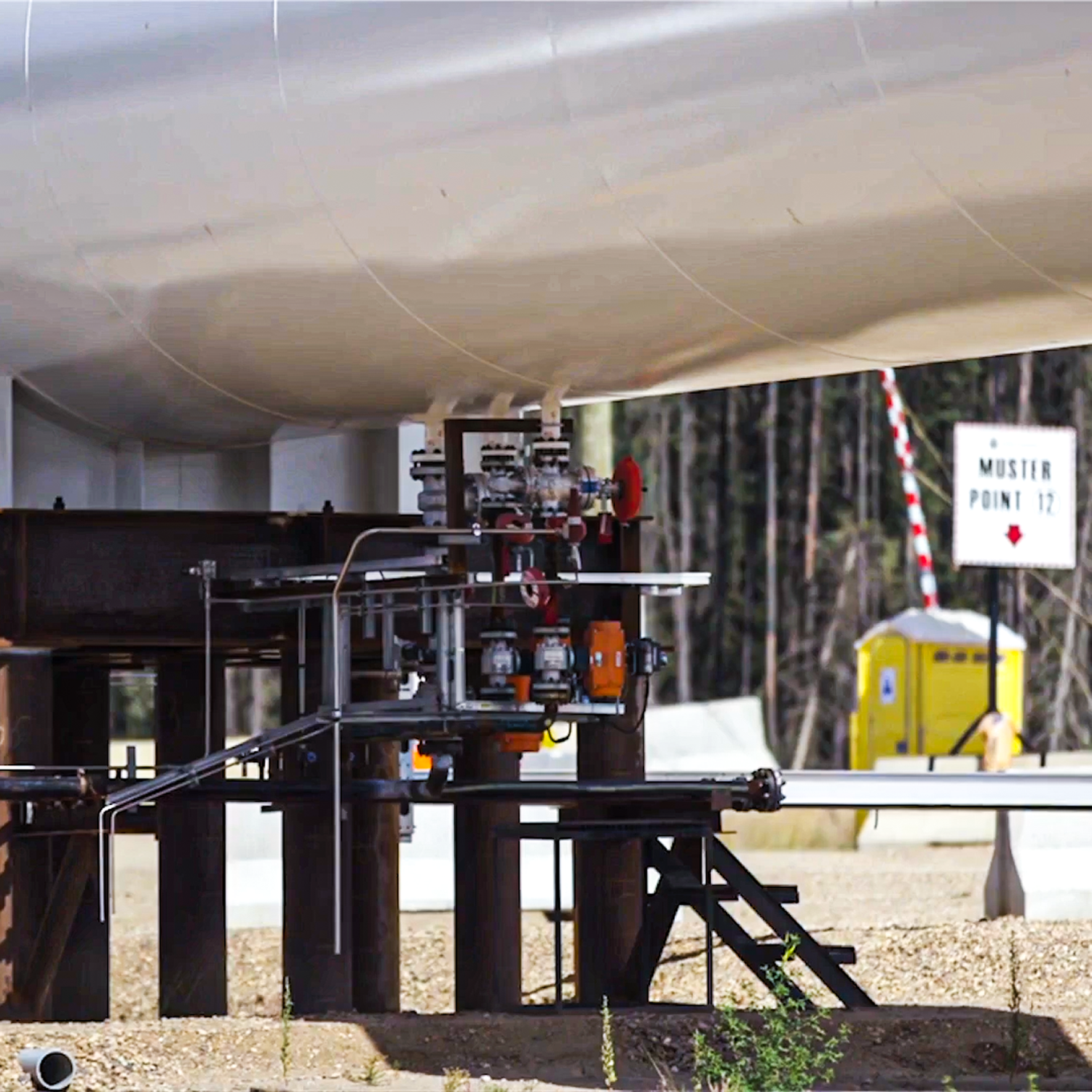
Three ERA-funded in situ technologies developed and deployed in Alberta are making a major impact on the energy industry’s environmental performance and economic output. These innovations, some decades in the making, are drastically cutting water use and GHG emissions, while improving operational costs.
Experts from Imperial Oil, ConocoPhillips, and MEG Energy were joined by the Canadian Heavy Oil Association (CHOA) on November 18, 2020 to share insights related to project development and execution. They also discussed the business case and market potential of these technologies and the need for the industry to continue innovating how it works together.
Over 400 people registered for ERA’s free, Lessons Learned Workshop focused on how in situ investments are transforming Alberta’s oil sands.
“The big thing with innovation is you can’t be afraid to take risks. You need to tap into the larger ecosystem to get the best ideas, and you need champions to move these ideas forward,” said Cheryl Trudell, Vice President, Upstream Research, Imperial Oil.
Set solid performance metrics and milestones
Trudell spoke to Imperial’s commercial application of its breakthrough Cyclic Solvent Process (CSP), a successful $100 million, multi-year pilot project at its Cold Lake facility in Alberta. The process is estimated to eliminate the amount of energy needed to generate steam in extracting bitumen, reducing emissions intensity by about 80 per cent compared to previous approaches.
Imperial benefitted by doing a lot of work planning the project and setting solid performance metrics. They had a strong structure in place from the start. They knew what they needed to learn, had milestones determined, leading to no major surprises along the way. ERA committed $10 million to the project.
“When you spend $100 million on a pilot project, you want good data to make a definitive decision on the technology. From the beginning, we wanted to know that when we were done, we can put our hand on heart and say, ‘yes this technology worked,’” said Trudell.
Harness the power of people in the process
Beyond technology, the event highlighted the need to enable and understand people; the people generating ideas, the people advancing them, the people putting them into an operational setting, and the people at the end of the value chain—the customer.
“Innovation can start and stop with people. To really create the transformational change the world expects, we need to unlock new ways of working, we need new skills and culture, we need a complete solutions approach. The world is demanding we do more, and they are demanding it on an exponential timeframe. We need to innovate the process and speed up the pace of change,” said Carrie Fanai, CHOA Board Member and Program Lead, Bitumen Value Chain Optimization, Suncor.
Government funding critical to getting projects off the ground
The importance of government support to enable technology was a key part of the discussion. ERA committed $2.5 million to ConocoPhillips’ Non-condensable Gas Co-injection for Thief Zones. The $10 million project has since seen a 25 per cent reduction of steam to oil ratio, saved over five million barrels of steam, and avoided 90 thousand tonnes of emissions.
“Without funding, we would have postponed the project and not seen the GHG reductions we have seen so far. When we applied, it was a tough time for the industry, but we were able to get support and now its not a technology we are just piloting, its one we are commercializing and rolling out. It’s a real success story,” Julian Ortiz, Manager, Technology Project Integration, ConocoPhillips.
Commercialization decisions depend on market conditions and production growth
Lessons Learned panelists spoke to how market conditions play a key role in timing commercialization. MEG Energy is in the later stages of piloting its eMVAPEX project, which is on the cusp of commercialization. They received $10 million in funding from ERA’s Oil Sands Innovation Challenge for the $105 million project. While results are not finalized, MEG is expected to reduce GHG emissions intensity by over 40 per cent compared to traditional in situ methods.
“This project has successfully achieved most of its stated goals. We are continuing to acquire data to learn what we can, so that we have as much confidence in the process as we can before making more decisions around the timing
of commercialization. There are a few things that have to happen there; including attractive market conditions and a growth in production,” said Kyle Thacker, Reservoir Engineering Lead, MEG Energy.
ERA’s Lessons Learned Workshops are a way to share insights from experts with those who can benefit from knowledge translation. The goal is to accelerate technology adoption. A video of the event is publicly available.
“Transitioning to a clean energy future is complex. It requires de-risking and scaling-up promising technologies. The adoption of new, in situ technologies take us another step toward creating the low-emissions future the world is seeking,” said Steve MacDonald, ERA CEO.

